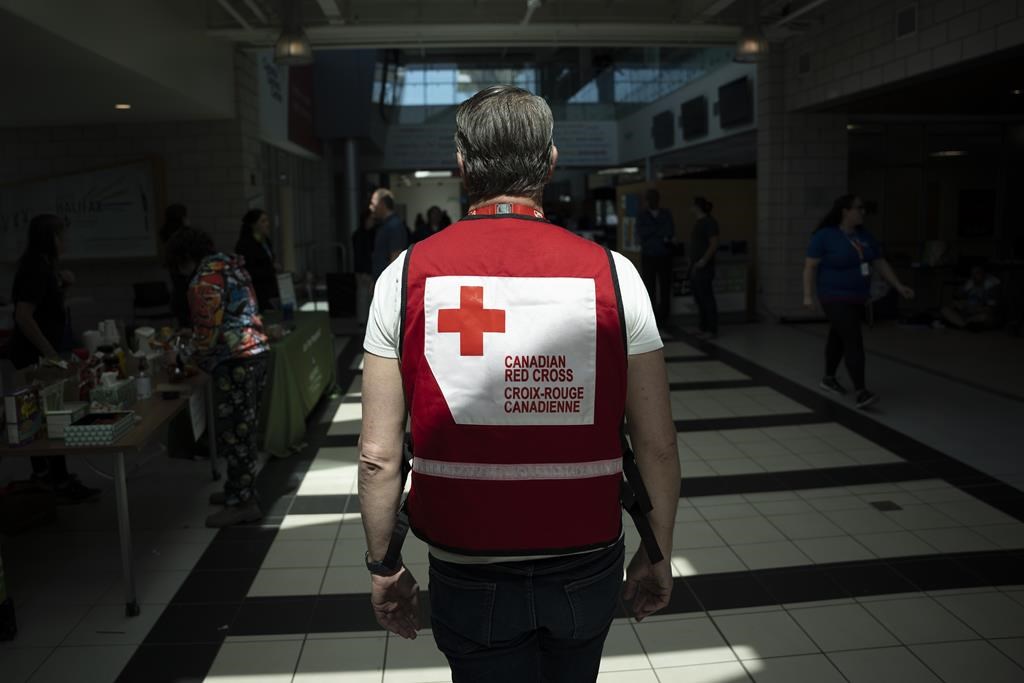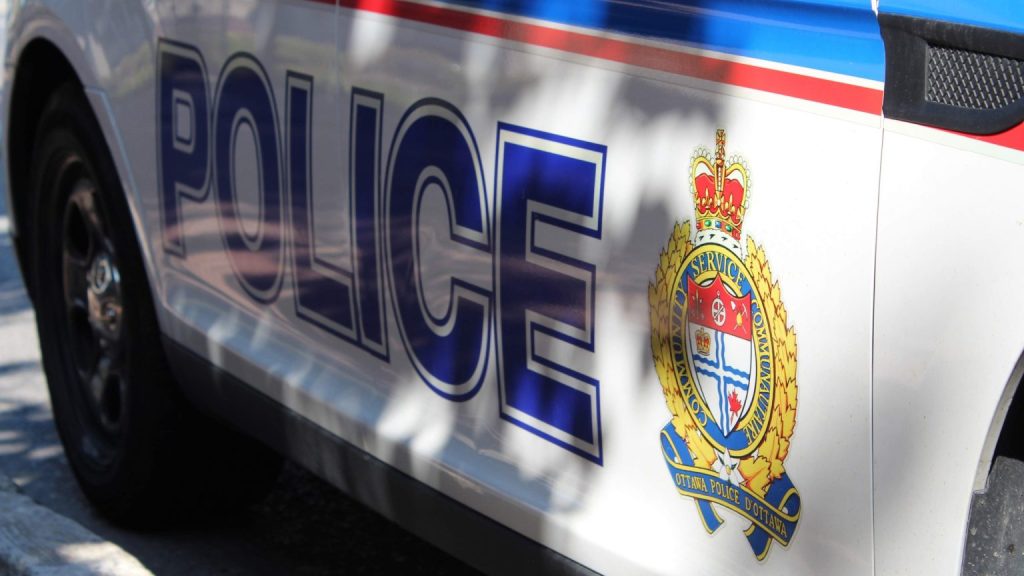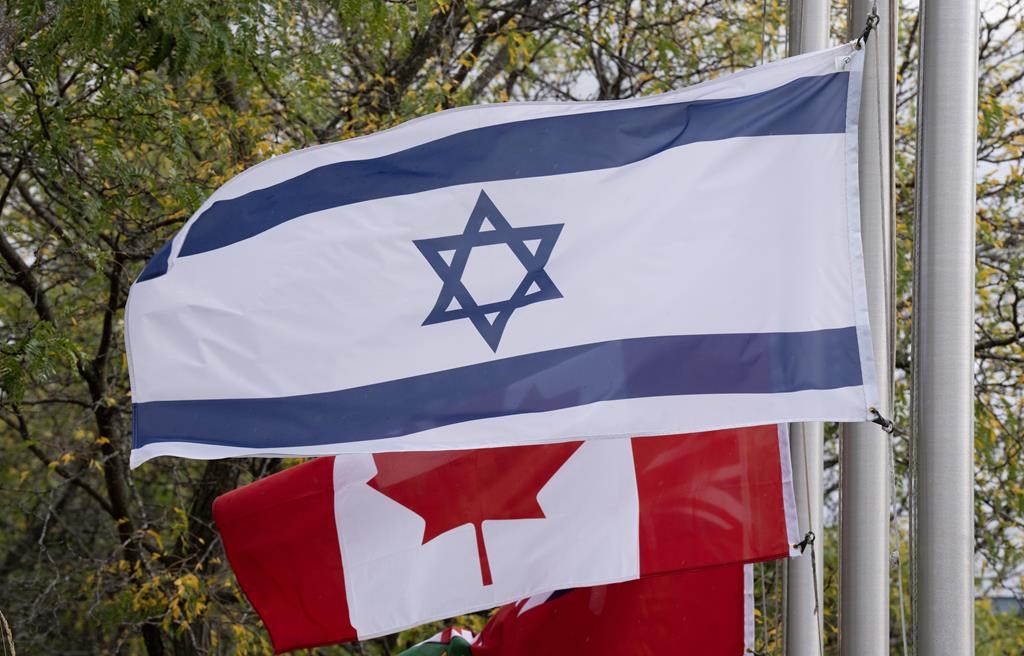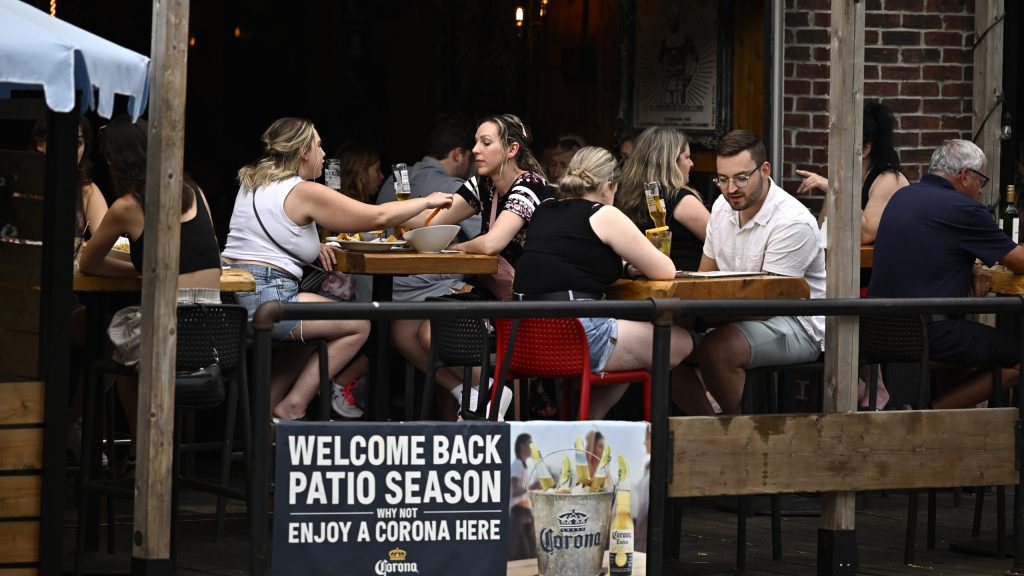‘It’s a great idea to make sure you have a grab-and-go kit’: Canadian Red Cross on wildfires

Posted Jun 7, 2023 07:42:54 AM.
Last Updated Jun 7, 2023 10:19:08 AM.
Emergency preparedness is top of mind for many, as a number of out-of-control forest fires rage across Canada.
With hundreds being evacuated from their homes with little notice, many are starting to wonder if they’re adequately prepared in the event of an emergency or natural disaster.
In Ontario, regional risks include flooding, severe storms, forest fires, and transportation accidents.
According to the Government of Canada’s Emergency Preparedness Guide, residents should be able to care for themselves and their families for at least 72 hours. The guide recommends that residents know the risks, plan and get an emergency kit.
“It’s always a good idea to be well-prepared and ready to react to any direction that you might be getting from emergency responders,” explained David Fraser, the Emergency Management Communications Lead with the Canadian Red Cross, in an interview with CityNews on Wednesday, June 7.
Although to some, having an emergency kit may feel a bit ‘doomsayer,’ it can be one of your home’s most important safety features should you be asked to leave at a moment’s notice.
In an emergency, residents are asked to:
- Follow your emergency plan
- Get your emergency kit
- Make sure you are safe before assisting others.
- Listen to the radio or television for information from authorities. Local officials may advise you to stay where you are. Follow their instructions.
- Stay put until all is safe or until you are ordered to evacuate.
Like a Jack Ryan novel, it’s recommended that you keep your ‘go-bag’ in an easy-to-reach, accessible place, like your front-hall closet. It’s suggested that the bag contains most, if not all, of the items below.
Emergency Kit Basic Items
- Water – at least two litres of water per person per day; include small bottles that can be carried easily in case of an evacuation order
- Food that won’t spoil, such as canned food, energy bars and dried foods (replace food and water once a year)
- Manual can-opener
- Crank or battery-powered flashlight (and extra batteries)
- Crank or battery-powered radio (and extra batteries)
- First aid kit
- Extra keys to your car and house
- Some cash in smaller bills, such as $10 bills and change for payphones
- Identification documents like passports, driver’s licenses, health card
- A copy of your emergency plan and contact information
The guide also recommended that residents create an emergency plan that can be completed online. The plan helps to detail needs like outlining an escape route from your neighbourhood, noting established meeting places, and detailing health information.
Additional items and tips can be found in Canada’s Emergency Preparedness Guide.










